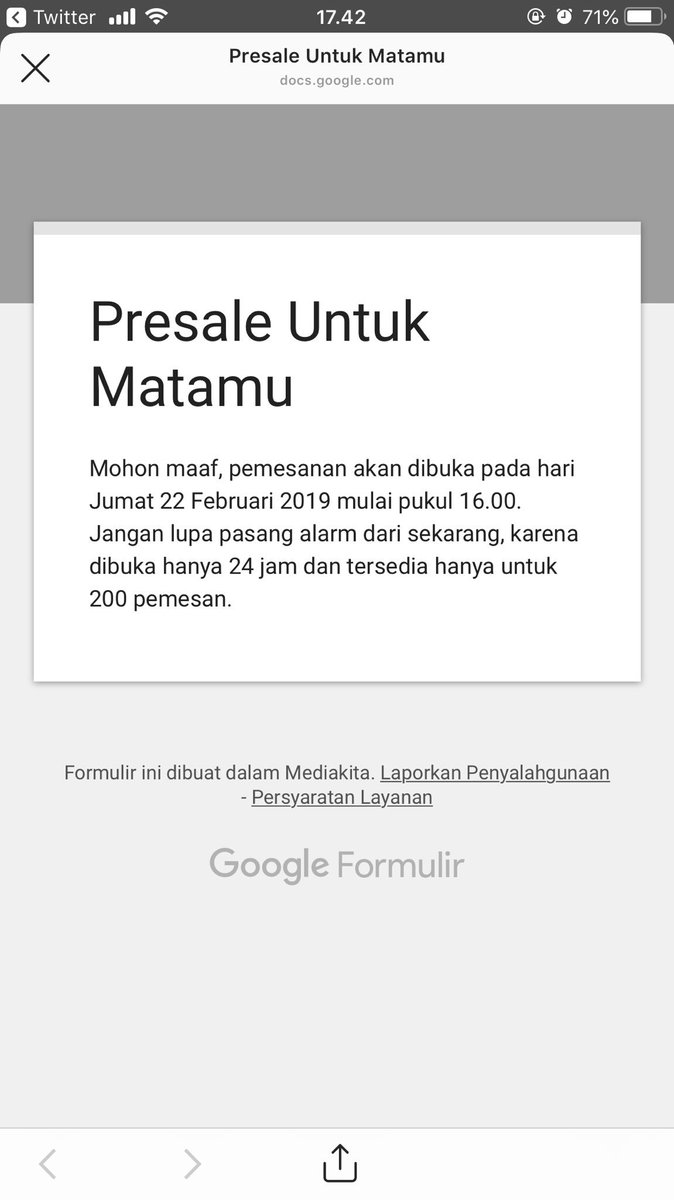


To create stimuli that reflect cigarette pack warning images using fear, guilt, and financial approaches, we took the images from several sources. Therefore, financial concerns might be one type of message that could affect smokers, especially in Indonesia, where monthly expenditure per capita for cigarette and tobacco consumption reached 11.7%. Studies suggest that a decrease in cigarette affordability results in decreased cigarette consumptions. Moreover, financial loss messages are important because smoking is detrimental to health and has implications in financial matters. In the context of anti-smoking campaigns, messages that portray another life (e.g., a baby or fetus) might invoke a feeling of relevance and guilt. PHWs using guilt images are shown to be effective in causing guilt in young smokers and influencing their judgment in smoking. Guilt is characterized by a feeling that one has done or is doing something wrong and/or has engaged in a behavior that is immoral and harmful to others. In terms of content, while the fear appeal is often used for anti-smoking advertisements, other emotional approaches include guilt and financial loss appeal. Previous studies have examined the content and format/size of persuasive messages.

Conclusions: Our finding supports more diverse message types in pictorial health warnings in Indonesia and other countries. We found no difference in pictorial health warning effectiveness by image size, potentially because participants could zoom in/out the cigarette pack image on the screen. The financial loss message was effective among lower-income smokers. By subgroup, the guilt message was more compelling among female smokers and married smokers. Results: We found significant differences in the three message types, in which fear and guilt have higher effectiveness than financial loss. For subgroup analysis, we used t-test and one-way ANOVA. Data analysis used a mixed model ANOVA to see the main effect and interaction effect on dependent variables. Sociodemographic variables included gender, education, income, employment status, and marital status. financial loss) and two picture sizes (40% vs. Methods: We conducted a mixed factorial experiment online study using three messaging approaches (fear vs. Objective: Our study aims to assess the effectiveness of cigarette pictorial health warnings by message and size. The government implemented a pictorial health warnings requirement of 40% cover of the pack (front and back) using fear appeal messages. Background: Cigarette consumption remains high and increasing in Indonesia.


 0 kommentar(er)
0 kommentar(er)
